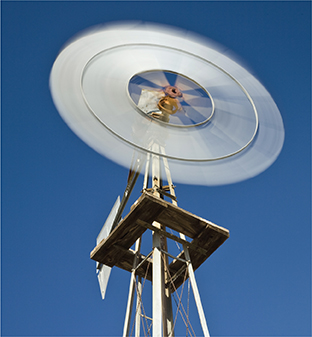Evidence for Energy Levels
What evidence is there that electrons can move from one energy level to another? Scientists can measure the energy gained when electrons absorb energy and move to a higher energy level. They can measure the energy released when the electron returns to a lower energy level.
The movement of electrons between energy levels explains the light you see when fireworks explode. Light is a form of energy. Heat produced by the explosion causes some electrons to move to higher energy levels. When those electrons move back to lower energy levels, they emit energy. Some of that energy is released as visible light. Because no two elements have the same set of energy levels, different elements emit different colors of light.

What determines the amount of energy gained or lost when an electron moves between energy levels?
Electron Cloud Model
Like earlier models, Bohr's model was improved as scientists made further discoveries. Bohr was correct in assigning energy levels to electrons. But he was incorrect in assuming that electrons moved like planets in a solar system. Today, scientists know that electrons move in a less predictable way.
Scientists must deal with probability when trying to predict the locations and motions of electrons in atoms. An electron cloud is a visual model of the most likely locations for electrons in an atom. The cloud is denser at those locations where the probability of finding an electron is high.  Scientists use the electron cloud model to describe the possible locations of electrons around the nucleus.
Scientists use the electron cloud model to describe the possible locations of electrons around the nucleus.
Figure 14 provides an analogy for an electron cloud. When the blades of a windmill are at rest, you can count the number of blades. When they are moving, the blades spin so fast that you see only a blur. You know that the blades are located somewhere in the blur, but at any specific moment in time you can't be exactly sure where each blade is located.
Figure 14 When the blades of a windmill are at rest, you can see their locations. When the blades are spinning, you see only a blur that is similar to a drawing of an electron cloud. Comparing and Contrasting Describe one difference between the motion of windmill blades and the motion of an electron.






